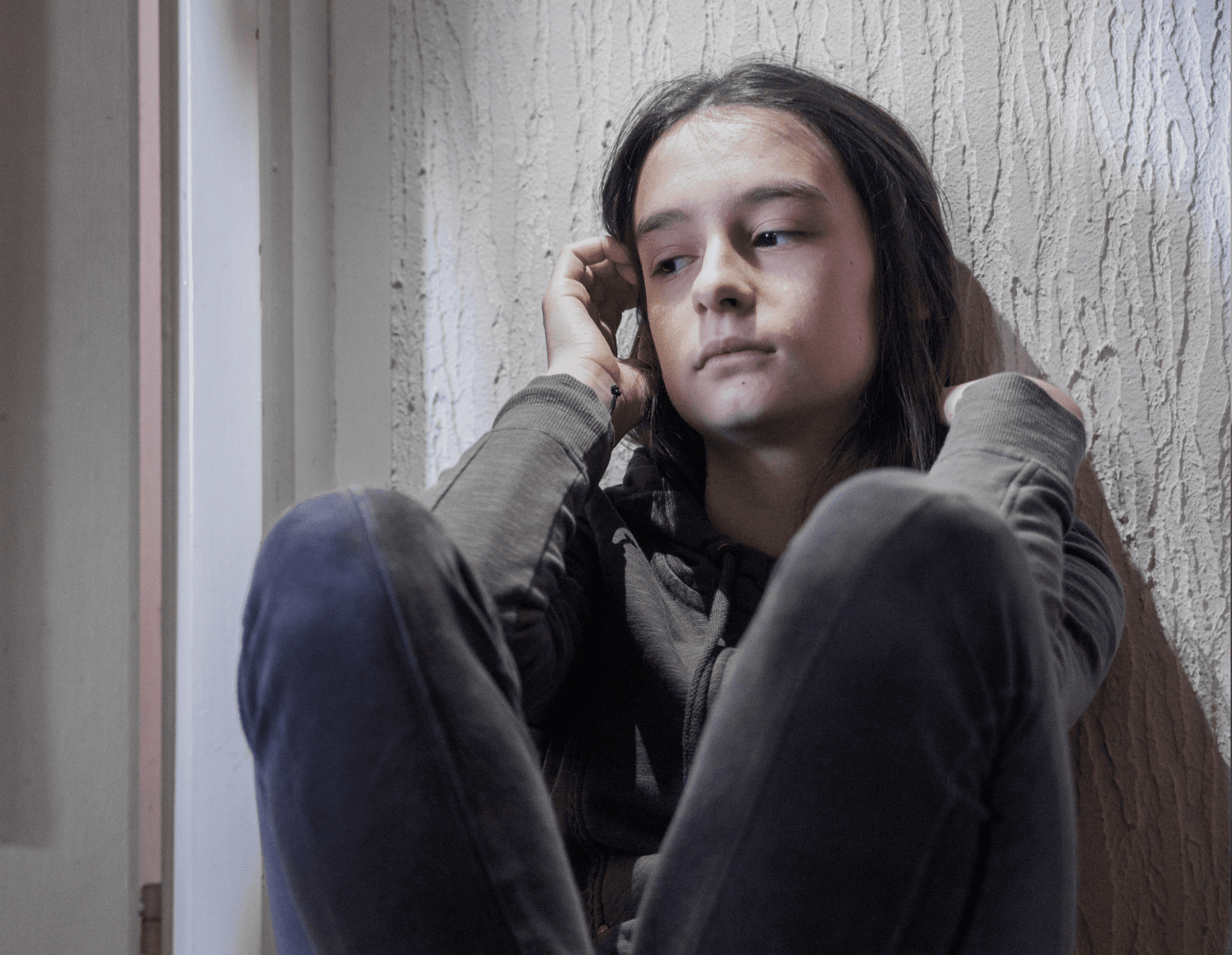 The rising rates of young people and suicide have become a significant public health crisis. According to the Centers for Disease Control and Prevention (CDC), suicide is the second leading cause of death for individuals aged 10 to 24, highlighting the urgency of addressing this issue. Understanding the factors contributing to this alarming trend is essential in preventing further tragedies.
The rising rates of young people and suicide have become a significant public health crisis. According to the Centers for Disease Control and Prevention (CDC), suicide is the second leading cause of death for individuals aged 10 to 24, highlighting the urgency of addressing this issue. Understanding the factors contributing to this alarming trend is essential in preventing further tragedies.
Why Are Suicide Rates Increasing Among Young People?
Mental Health Challenges
Mental health disorders like anxiety, depression, and mood disorders have been on the rise among young people. According to the National Alliance on Mental Illness (NAMI), one in five youth aged 13–18 experiences a severe mental health condition each year. Without adequate support or treatment, these struggles can lead to feelings of hopelessness and suicidal ideation.
Social Media and Digital Overload
Social media’s influence on mental health cannot be overlooked. Constant exposure to curated online personas fosters feelings of inadequacy and comparison. Additionally, cyberbullying and digital overload exacerbate stress, leading to increased mental health struggles. The 2023 Pew Research Center report found that 59% of teens report being bullied or harassed online, further contributing to emotional distress.
Economic and Societal Pressures
Economic uncertainty and societal expectations weigh heavily on young people. The stress of navigating academic pressures, rising tuition costs, and uncertain job prospects creates a sense of hopelessness. The 2024 Youth Risk Behavior Survey (YRBS) also indicated that 44% of high school students felt persistently sad or hopeless, with economic pressures being a key factor.
Impact of Global Events
The COVID-19 pandemic amplified mental health issues among youth. Prolonged isolation, disruption to education, and ongoing uncertainty have had lasting effects. A CDC study from 2022 showed that emergency department visits for suspected suicide attempts among adolescents rose by 31% during the pandemic.
Resources for Support
If you or someone you know is struggling, help is available:
- National Suicide Prevention Lifeline: Call or text 988 for 24/7, confidential support.
- Crisis Text Line: Text HOME to 741741 to connect with a trained counselor.
- The Trevor Project: LGBTQ+ youth can call 1-866-488-7386 or text/chat via their website for support.
- BryLin Hospital: If you are in the Buffalo, NY area, call BryLin Hospital at 716-886-8200 for immediate assistance.
How to Help as a Parent or Caregiver
Recognizing Warning Signs
Look for changes in behavior, such as withdrawal from friends and family, loss of interest in activities, or drastic mood swings. Other warning signs include giving away belongings, talking about feeling hopeless, or making statements about wanting to die. Early recognition can make all the difference with the increased risk of young people and suicide.
Starting the Conversation
Talking to your child about their mental health is crucial. Use open-ended questions like, “How are you feeling?” or “What has been on your mind lately?” Listen without judgment and let them know you’re there to support them.
Seeking Professional Help
Early intervention can save lives. BryLin Hospital provides comprehensive mental health services for children and adolescents. If you sense your child is in crisis, don’t hesitate to call us at 716-886-8200. Our team is here to help guide your family through this difficult time.
The Importance of Reaching Out
The challenges young people face today can feel overwhelming, but hope and help are within reach. By fostering open communication, reducing stigma, and providing access to mental health resources, we can make a difference. If your child is struggling, don’t wait. Call BryLin Hospital to take the first step toward healing and recovery.



Comments are closed